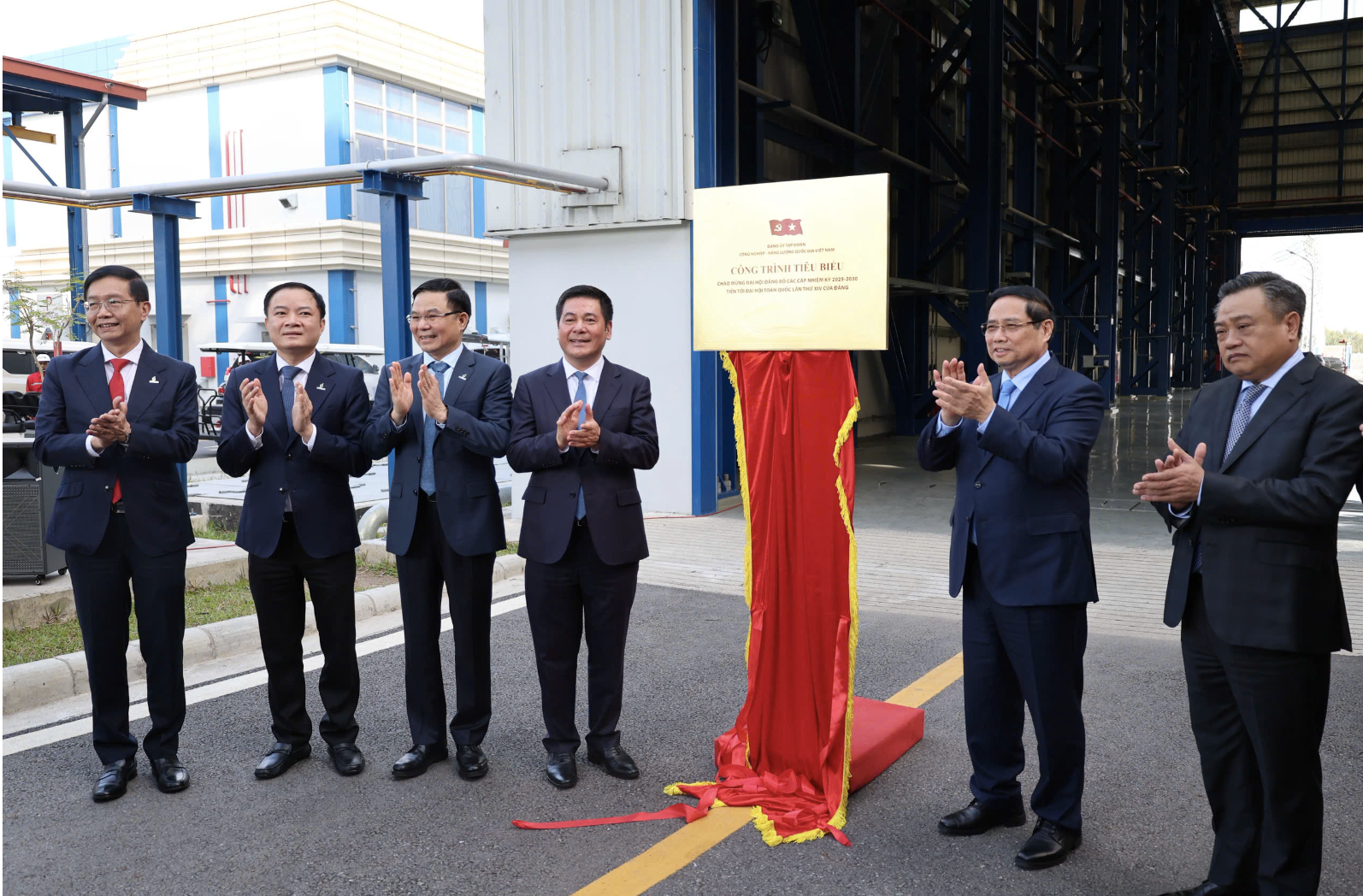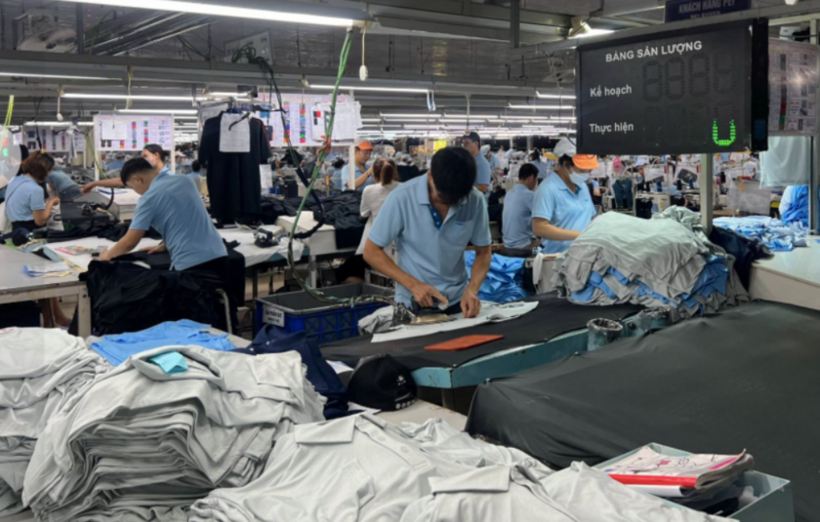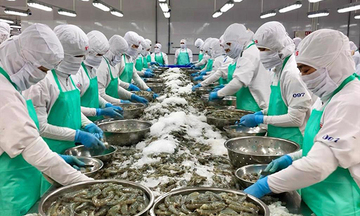
Prime Minister: Nhon Trach 3 & 4, a flagship model of Vietnam’s stature
19:05 | 23/03/2025 21:02 | 14/12/2025Industry
Maintaining stable exports to secure growth targets
The Prime Minister has issued a directive to strengthen measures for export promotion as global uncertainty persists, trade competition intensifies, and geopolitical risks remain unpredictable.
According to the directive, Vietnam’s total import-export turnover in the first ten months of 2025 reached USD 762.4 billion, up 17.4% year-on-year. Exports hit USD 391 billion, rising 16.2%, while the trade surplus stood at USD 19.6 billion, a crucial foundation for macroeconomic stability.

Vietnam’s textile and garment exports are expected to reach about USD 46 billion in 2025. Photo: VITAS
Achieving the GDP growth target of more than 8% for 2025 requires exports to maintain strong momentum, especially during the year-end global consumption peak. The PM has therefore requested ministries and sectors to focus on several priority tasks.
The MoIT is tasked with intensifying trade promotion, capitalising on holiday-season demand in the US, the EU and traditional markets, and accelerating market, product and supply-chain diversification.
The ministry is also expected to fast-track negotiations and sign new bilateral and multilateral trade agreements with potential partners, while strengthening the role of overseas trade offices in market intelligence, supply-demand connectivity and business matchmaking. Linkages between domestic enterprises and RoK - and other foreign- invested corporations will also be expanded to secure deeper participation in global value chains.
Exports remain within projections as the sector contributes to national targets
Joining national efforts to realise the Government’s directive and uphold macroeconomic stability, textile and garment enterprises are striving to maintain performance despite global headwinds.
Although the global market has yet to fully recover and consumer demand remains cautious, the sector has managed to retain the stability needed for growth.
According to Truong Van Cam, Vice President of the Vietnam Textile and Apparel Association, Vietnam’s textile industry has undergone remarkable expansion in recent decades, particularly in attracting foreign direct investment. Without such capital inflows, the sector could not have taken off as rapidly as it has.
By the end of 2024, Vietnam had attracted roughly USD 30 billion in FDI into textiles and garments, with the RoK contributing about USD 6 billion across more than 1,000 projects. This international investment has provided critical impetus in technology, management and market access.
“Another striking indicator of this transformation is the jump from just USD 1.96 billion in export value in 2001 to an expected USD 46 billion this year,” Truong Van Cam noted.
Beyond sheer volume, the sector has repositioned itself in higher-value segments. As VITAS leaders emphasise, Vietnamese manufacturers no longer pursue low-cost production but instead prioritise product quality, delivery reliability and the ability to meet market expectations.
Despite the challenges posed by the pandemic, global inflation and weakening demand over the past five years, Vietnamese enterprises have strengthened internal capacity through technological transformation and sustainability initiatives.
Digitalisation and green transition are now essential requirements. Many firms have deployed AI, Big Data and automation to enhance productivity and optimise costs, while simultaneously focusing on stringent environmental standards, a decisive factor for access to premium markets.
“About 90% of the sector’s export value comes from markets with high sustainability requirements. This is a challenge, but also a powerful driver for more ambitious transformation,” Truong Van Cam said.
Over the long term, Vietnam retains clear advantages for development: stable macroeconomic conditions, a skilled workforce, an increasingly complete supply chain, and the “arsenal” of 17 effective free trade agreements, alongside several others under negotiation.
“Over the next 5-10 years, the textile and garment industry will continue to enjoy strong prospects if it stays on the right path. With the national economy targeting double-digit growth from next year, this will be an important source of momentum,” Truong Van Cam stressed.
With export earnings expected to reach USD 46 billion in 2025, up around 6% from the previous year, the textile industry is on track to meet its targets and contribute significantly to the country’s economic goals.
Competitive pressure, however, will remain intense. Yet with a foundation built over decades of investment and deepening integration, Vietnam’s textile and garment industry is well positioned to remain a bright spot in the nation’s export landscape.

19:05 | 23/03/2025 21:02 | 14/12/2025Industry

19:05 | 23/03/2025 20:47 | 14/12/2025News and Events

19:05 | 23/03/2025 15:35 | 14/12/2025Trade

19:05 | 23/03/2025 23:18 | 12/12/2025Tourism

19:05 | 23/03/2025 23:04 | 12/12/2025Trade